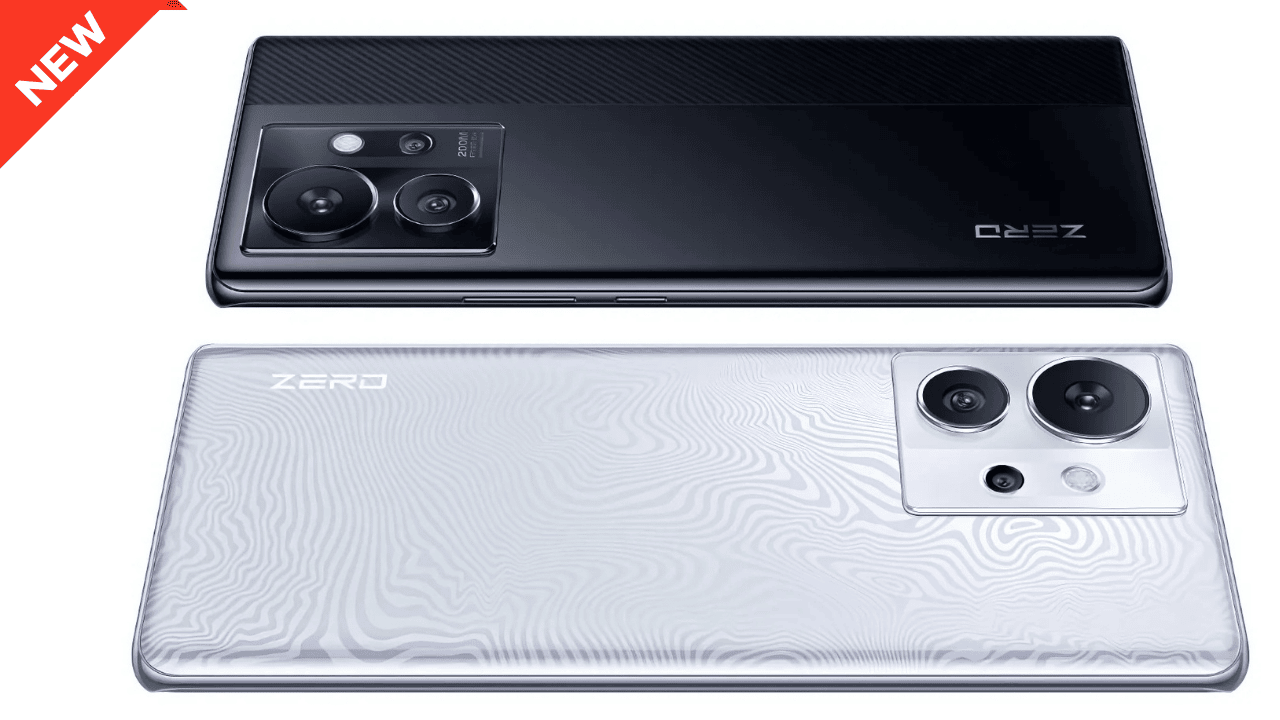Infinix Zero Ultra Pro Max : has made a bold entrance, grabbing attention with standout features like a 200MP camera, 180W fast charging, and 5G capability. It’s aimed squarely at users who want flagship-level performance at a mid-range price.
With a curved 6.8-inch AMOLED screen, a power-efficient Dimensity 920 processor, and Infinix’s XOS 12 software, this phone blends flashy specs with everyday utility.
In this article, we cover everything you need to know design, display, battery life, software experience, and where it stands in a crowded field. Let’s break it down.
The Infinix Zero Line
Zero series has been Infinix platform for innovation, targeting performance enthusiasts at affordable prices. The original Zero Ultra introduced high-speed charging and a high-resolution camera, drawing attention even in premium circles.
With the Ultra Pro Max, Infinix has fine-tuned that formula keeping the wow factor while trying to fix what didn’t land the first time, like software optimization and low-light camera issues.
Bold Looks and Premium Finish
This phone stands out thanks to its 3D curved AMOLED display and polished rear glass panel. The build feels surprisingly premium for the price, with tight bezels and a slick aluminum frame.
It’s available in refined finishes like Coslight Silver and Genesis Noir, giving users something more than basic black or blue. The rear has a unique texture that plays with light, adding a touch of luxury.
Display and Everyday Visuals
The 6.8-inch AMOLED screen supports a 120Hz refresh rate and up to 1000 nits brightness. It’s punchy, vibrant, and responsive.
A 360Hz touch sampling rate helps gamers and heavy scrollers, and the nearly 92% screen-to-body ratio offers immersive viewing. The curved edges give it a high-end look, and the in-display fingerprint scanner keeps things sleek.
Camera System
The headliner here is a 200MP primary camera with optical image stabilization. That’s paired with a 13MP ultrawide and a 2MP macro lens. The front camera comes in at 32MP.
In daylight, the main sensor delivers sharp detail and rich color. In lower light, results vary, though OIS helps. You can shoot 4K at 30fps, and selfies hold up well for video calls and social media.
Power and Charging Speeds
This phone uses a 4500mAh battery with a dual-cell design for faster charging. It ships with a 180W GaN charger that can fill the battery in as little as 12 minutes an impressive feat.
- 4500mAh battery capacity
- 180W Thunder Charge technology
- USB-C with GaN charger included
- Up to 1.5 days battery with moderate use
Processing and Real-World Performance
At its core is the MediaTek Dimensity 920 chipset on a 6nm process. This is paired with 8GB of RAM and another 5GB of virtual memory, plus 256GB UFS 3.1 storage.
Infinix Zero Ultra Pro Plus stuns with 250MP Camera and 7200mAh Battery at top value
It handles multitasking well and plays most games smoothly, though it’s not a gaming powerhouse. XOS 12 adds features like app pinning, multi-window support, and AI gallery filters. Some bloatware is present but removable.
What You Get for the Price
Infinix is keeping it aggressive in the pricing department. The 8GB + 256GB model sells for ₹29,999 and often goes on promo for less. That puts it in direct competition with upper-midrange phones that can’t match its camera or charge speed.
Who Its Up Against
- Motorola Edge 30 Ultra: More powerful processor, cleaner software, higher price
- Nothing Phone 2a: Stylish design, better UI, but lower specs
- iQOO Neo 10: Superior gaming performance, more brand recognition
The Zero Ultra Pro Max wins on camera megapixels and charging tech but lags behind in chip performance and brand polish.
Software Longevity and Sustainability
Infinix includes eco modes to extend battery life and uses recyclable packaging. TÜV Rheinland certification guarantees performance over 36 months.
Realme GT Neo 10 races ahead with 200MP Camera and 6000mAh Battery for gaming fans
Still, the device lacks any IP rating for water or dust resistance. Software updates are promised, but usually arrive slower than more established players.
Should You Buy It?
- Fastest charging in the segment
- Massive camera resolution
- Stunning curved AMOLED display
- Competitive price with loaded specs
A few drawbacks
- Not ideal for heavy gaming
- Still some software quirks
- Battery capacity could be bigger in 2025 standards
Unique Features That Stand Out
- Two charging modes: Furious and Standard
- AI camera enhancements for low light and portraits
- MemFusion for adding virtual RAM
- Blue-light reduction with smart eye-care
- DTS surround sound speakers
Key Specifications at a Glance
| Feature | Specification |
|---|---|
| Display | 6.8″ FHD+ AMOLED, 120Hz, curved edges |
| Processor | MediaTek Dimensity 920 (6nm) |
| RAM & Storage | 8GB RAM + 5GB virtual / 256GB UFS 3.1 |
| Rear Cameras | 200MP (OIS) + 13MP + 2MP |
| Selfie Camera | 32MP punch-hole |
| Battery | 4500mAh with 180W fast charging |
| OS | Android 12 with XOS 12 |
| Connectivity | 5G, Wi-Fi 6, Bluetooth 5.0, NFC |
| Extras | In-display fingerprint, DTS speakers |
Conclusion of Infinix Zero Ultra Pro Max
Infinix Zero Ultra Pro Max is a bold attempt to redefine what users expect from a mid-range phone. From its high-resolution camera to its industry-leading charging speeds, it’s clear Infinix is playing to win headlines and impress spec-savvy buyers.
This isn’t a subtle device it’s flashy, fast, and built to stand out. For those willing to accept some trade-offs in software polish and brand reputation, it delivers huge upside. At ₹30,000 or less.
Its one of the most aggressively spec’d phones on the market in 2025. If your checklist includes fast charge, bold display, and serious camera muscle, this might just be your next phone.
Oppo Find N7 impresses with 280MP Camera and 7500mAh Battery in sleek fold design
